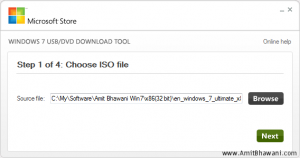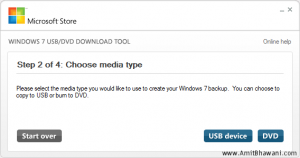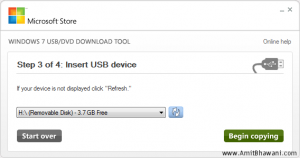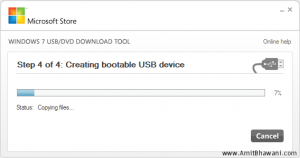Over the last couple of days I have been setting up Exchange 2007 SP1 on
Windows Server 2008 RTM. No matter what I tried, I was stuck in a
Catch-22: If I logged in as Local Admin on the box, I didn't have
permission to make the necessary changes to the domain; if I logged in
as Domain Admin, I didn't have permission to write to the local log file
on the C:\ drive of the Exchange server. I kept getting errors like the
one at right from the GUI, or this one from the command line:
Failed to initialize the log file: Access to the path 'C:ExchangeSetupLogs\ExchangeSetup.log' is denied.

Setup will not continue.
Those are NOT the most descriptive errors. If I logged in as local admin, those errors went away, but instead I received errors that the local admin account didn't have the rights to make massive changes to the domain (shocker).
I posted on the Microsoft Technet Exchange forums, and hardly anyone read my post, much less answered it. One person responded that they had the same problem, so I knew it wasn't just me. I noticed that I couldn't run the basic commands that install Windows 2008 components, like PowerShell without getting similar errors. It didn't matter if it was on a Hyper-V VM, or a physical server, I could not resolve the problem.
Then I had an idea. I knew that Windows 2008 and Vista are the same underneath, and I remember that the first thing I did when I installed Vista was to disable UAC. . . hmm. . . yep, that was the problem. Here is where you do it on Windows 2008, just like in Vista:
Then go here:


Failed to initialize the log file: Access to the path 'C:ExchangeSetupLogs\ExchangeSetup.log' is denied.

Setup will not continue.
Those are NOT the most descriptive errors. If I logged in as local admin, those errors went away, but instead I received errors that the local admin account didn't have the rights to make massive changes to the domain (shocker).
I posted on the Microsoft Technet Exchange forums, and hardly anyone read my post, much less answered it. One person responded that they had the same problem, so I knew it wasn't just me. I noticed that I couldn't run the basic commands that install Windows 2008 components, like PowerShell without getting similar errors. It didn't matter if it was on a Hyper-V VM, or a physical server, I could not resolve the problem.
Then I had an idea. I knew that Windows 2008 and Vista are the same underneath, and I remember that the first thing I did when I installed Vista was to disable UAC. . . hmm. . . yep, that was the problem. Here is where you do it on Windows 2008, just like in Vista:
Then go here:
































